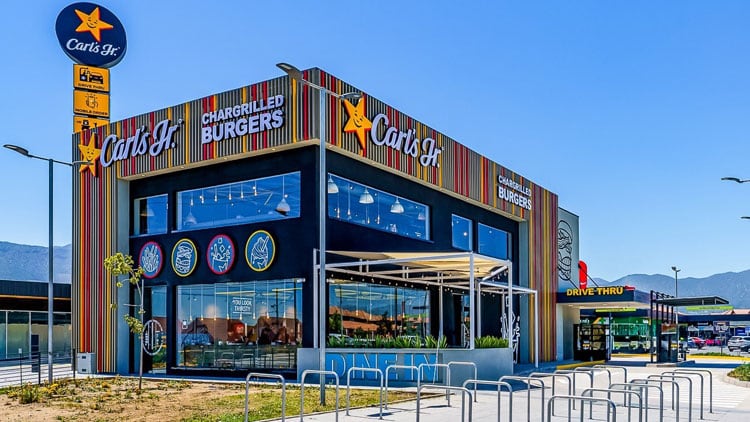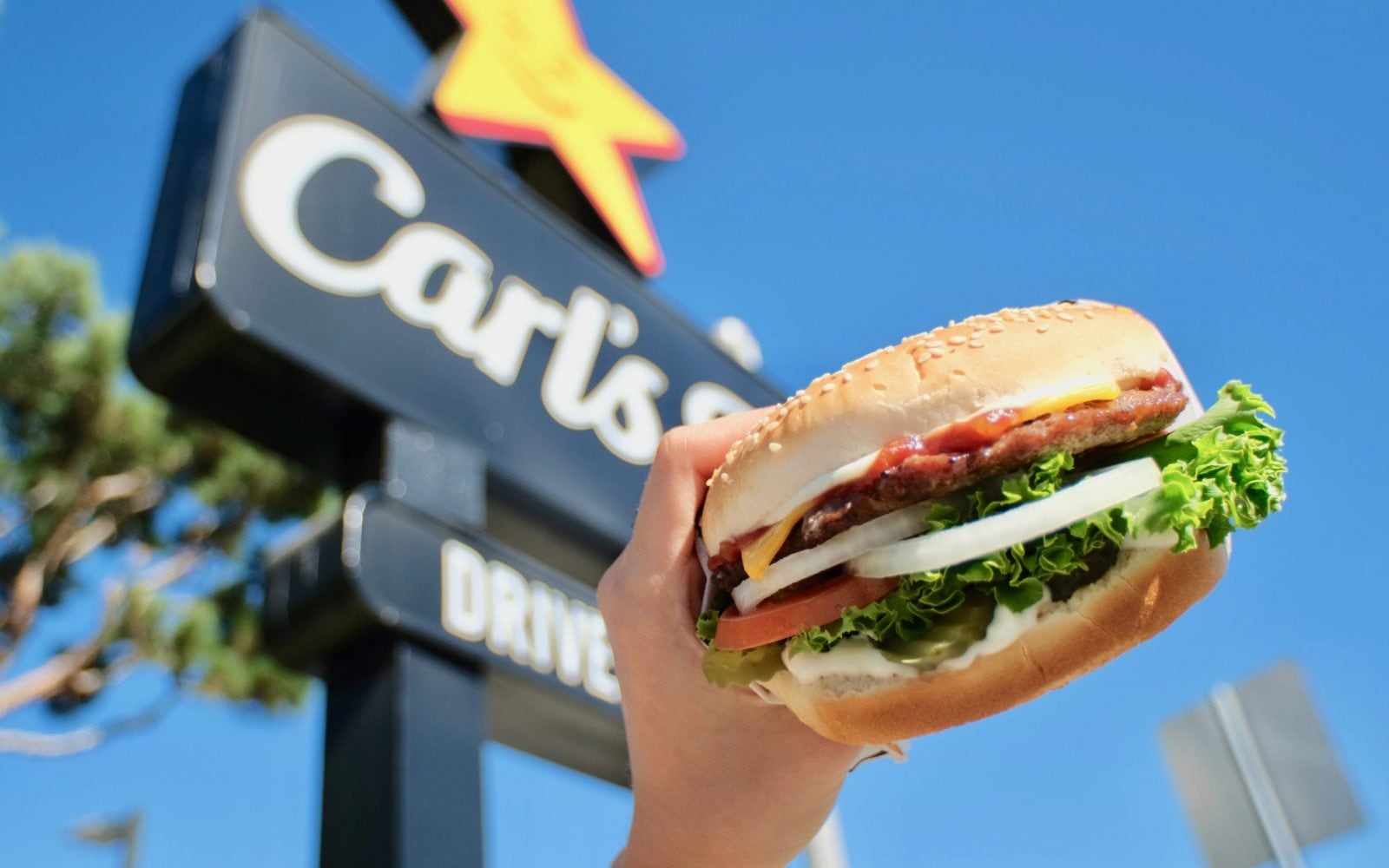You’ve chosen Cardiff for your first Carl’s Jr. site, why was that the right location?
Opening in a new market is very difficult. If we open in central London, then that’s the focus and it becomes very London centric. Cardiff gives us the opportunity to do a launch that’s not too high profile, but high profile enough. Being a smaller launch means we have more scope and opportunity to develop and change the menu if there’s a need to do so. I’m confident that we will not need to do that, though, as we’ve put nine months of research into it.
What’s the process behind bringing a huge QSR brand like Carl’s Jr. to the UK?
We have the franchise model, which is provided by the group’s US parent company. There are slight differentiations between UK and US tastes, and we’ve spent a lot of time making sure the menu suits the UK marketplace. For example, in the US the breakfast menu features biscuits, which wouldn’t work in the UK. You’ve got to look at it culturally and in a way that ensures the brand has a broad, diverse appeal. We’ve also removed bacon from our chicken burgers to ensure we have halal options. The UK will probably have the smallest menu outside the US, which will be focused on the core products: burgers, fried chicken and fries. If you give people too much choice you lose focus on the core product. We’ll be introducing limited time offers every quarter and a breakfast offer three weeks after launch featuring a range of savoury muffins.
Who do you see as Carl’s Jr.’s main competitors in the UK?
Pricewise, we’re between Burger King and Wendy’s. We’re positioned at around £13 to £14 for a meal. We’re sitting at the top end in terms of quality – nearer Five Guys, but without the price tag. Carl’s Jr. did a big research piece in the UK, and it was 24 to 35-year-olds that were most attracted to the brand. They’re happy to sit in an elevated QSR environment if the product and service is good. We classify ourselves as QSR plus, meaning there’s a presence of team members on floor and food ordered to eat in will be brought to the table. It’s more of a dining experience than conventional grab and go.

What was the appeal of Carl’s Jr. from Boparan’s point of view?
We’ve identified QSR is the biggest growth market and that’s a huge focus for us now. We’re already a major player in the fried chicken market and we wanted to add burgers. We have GBK already, but that’s more casual dining. We do a lot of work in transport hubs in both UK and internationally, and we want a full portfolio of concepts and be able to utilise our team across multiple brands.
Why are we seeing such huge growth in the QSR market right now?
There’s been a change in the psyche after Covid and that’s been a big thing. I’ve worked a lot in London, and it used to be that people would be eating out in London after work, but now more are grabbing food and eating it either on the train or at home, and QSR fits that space. There’s a value for money element as well, and good quality products at a reasonable price in the QSR space have done well. We’re also seeing a lot more of people travelling between brands with the rise of dessert-focused operators. People will have a burger at one place and then a drink elsewhere and a dessert in another place. People are almost expanding three courses to three venues.
Tell us about your expansion plans for Carl’s Jr.
We’re looking at a sturdy rollout. The idea is initially to keep our openings close to the original site for reasons of logistical support. Our second site will be announced in the coming weeks, which will be in the south of England. We’re hoping to open by the end of May. Going forwards we envisage similar growth to Slim Chickens [the US-founded fried chicken concept Boparan brought to the UK in 2018 and has close to 70 sites over here]. We’ll open a number of corporate stores that we’ll retain as we go along and we’ll also be going into the sub franchise market, which we hope to begin actioning towards the end of the year. We’ve had a lot of interest from big group franchisees already.


